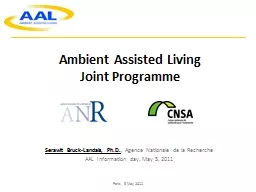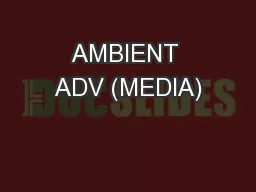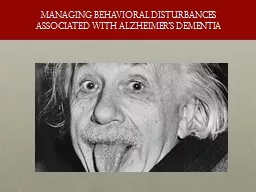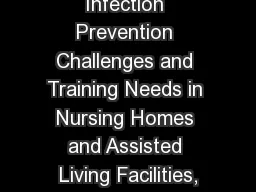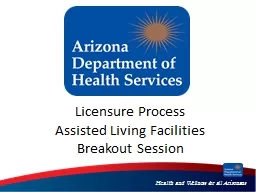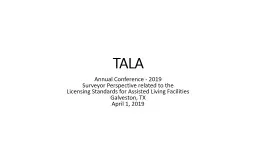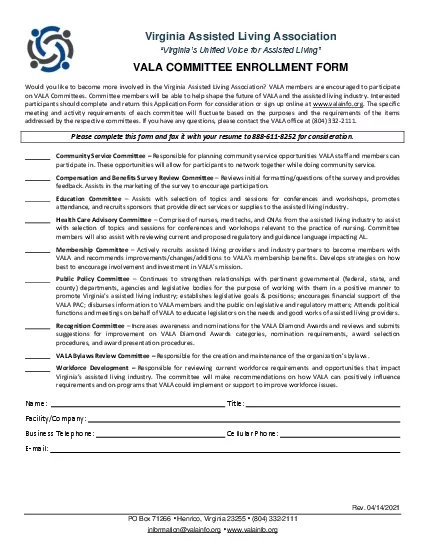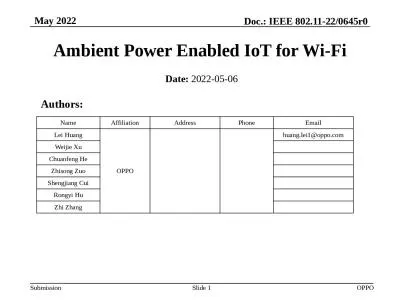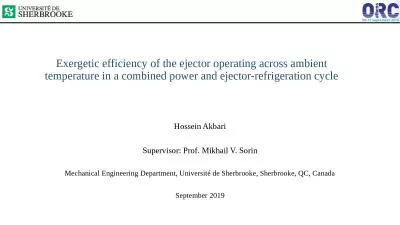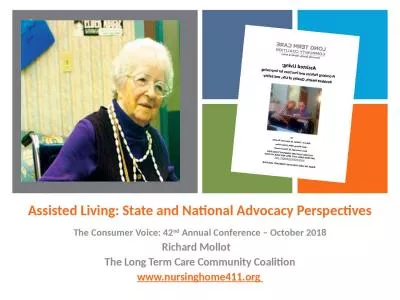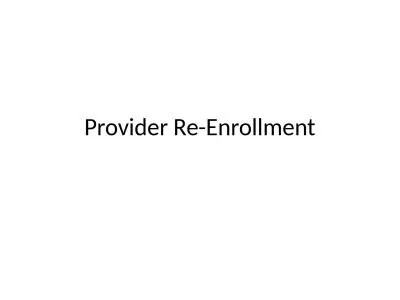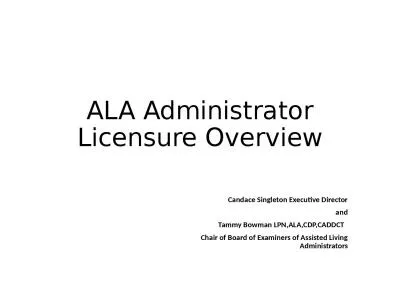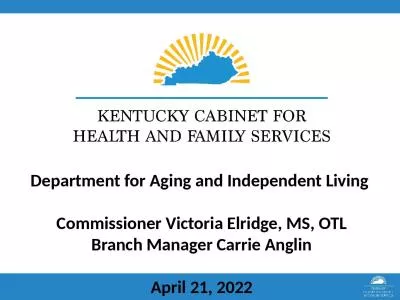PPT-Ambient Assisted Living
Author : alida-meadow | Published Date : 2019-01-21
Joint Programme Serawit BruckLandais PhD Agence Nationale de la Recherche AAL Information day May 5 2011 Paris 5 May 2011 Outline of presentation Description
Presentation Embed Code
Download Presentation
Download Presentation The PPT/PDF document "Ambient Assisted Living" is the property of its rightful owner. Permission is granted to download and print the materials on this website for personal, non-commercial use only, and to display it on your personal computer provided you do not modify the materials and that you retain all copyright notices contained in the materials. By downloading content from our website, you accept the terms of this agreement.
Ambient Assisted Living: Transcript
Download Rules Of Document
"Ambient Assisted Living"The content belongs to its owner. You may download and print it for personal use, without modification, and keep all copyright notices. By downloading, you agree to these terms.
Related Documents

